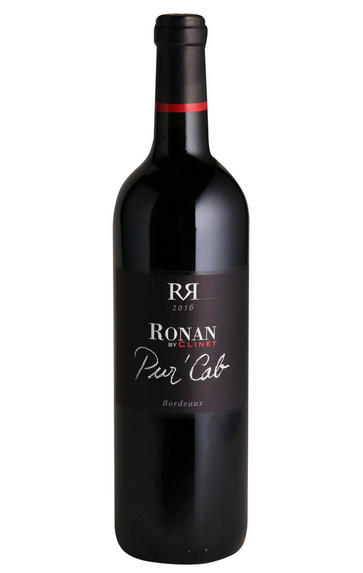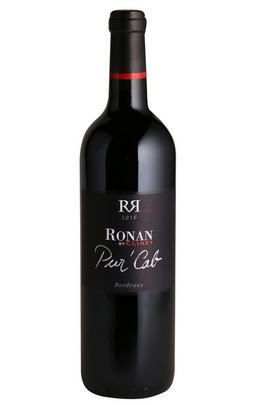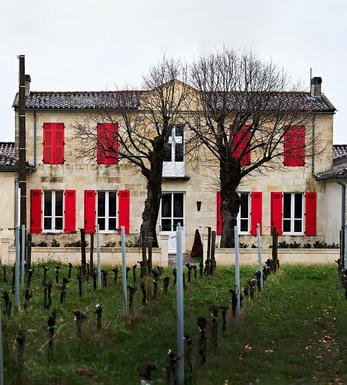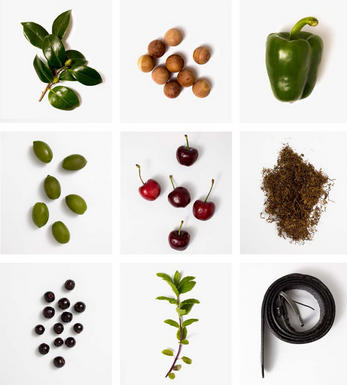
2016 Ronan by Clinet, Pur'Cab, Bordeaux

Critics reviews
About this WINE

Château Clinet
Château Clinet is a wine estate in Pomerol on the Right Bank of Bordeaux. It is owned and run by Ronan Laborde and his partner, Monique Bailly. Ronan took the helm here in 2004.
The estate’s 11 hectares of vines sit atop the famed Pomerol plateau. The vineyard is planted to a majority of Merlot (75%), which Ronan feels is highly suited to the plateau’s iron-rich clay soils. There is also 25% Cabernet Sauvignon. Though rare in Pomerol, Cabernet Sauvignon has long been an important aspect of Clinet’s character; it once made up 50% of the vineyard here, Ronan reports.
Clinet came to the attention of many collectors when its 1989 vintage received a 100-point score from the critic Robert Parker; it has remained one of Bordeaux’s most sought-after names ever since. Another perfect Parker score followed for the 2009 vintage.

Cabernet Sauvignon
The most famous red wine grape in the world and one of the most widely planted.
It is adaptable to a wide range of soils, although it performs particularly well on well-drained, low-fertile soils. It has small, dusty, black-blue berries with thick skins that produce deeply coloured, full-bodied wines with notable tannins. Its spiritual home is the Médoc and Graves regions of Bordeaux where it thrives on the well-drained gravel-rich soils producing tannic wines with piercing blackcurrant fruits that develop complex cedarwood and cigar box nuances when fully mature.
The grape is widely planted in California where Cabernet Sauvignon based wines are distinguished by their rich mixture of cassis, mint, eucalyptus and vanilla oak. It is planted across Australia and with particular success in Coonawarra where it is suited to the famed Terra Rossa soil. In Italy barrique aged Cabernet Sauvignon is a key component in Super Tuscans such as Tignanello and Sassicaia, either on its own or as part of a blend with Sangiovese.


Buying options
Add to wishlist
Description
Following the success of the pure Merlot-based Ronan by Clinet, the property has introduced this discerning partner, a celebration of Cabernet. Only made in tiny quantities, the 2016 Pur’Cab showcases the best of the Right Bank Cabernet – both Sauvignon and Franc – giving us a profound nose of cassis, cocoa, blackcurrant leaf and plum. The palate is textured and savoury, while the tannins are evident but beautifully rounded – a hallmark of the excellent vintage. Sweet notes of oak are woven into a seamless medley of spice, fruit and charm. Drink now to 2024, ideally with hard cheeses, or lamb shoulder roasted with herbs and spices.
Davy Zyw, Wine Buyer
wine at a glance
Delivery and quality guarantee